
The one where the word you’re looking for is right there, dancing on the tip of your tongue, but you just can’t grab it. Or when you walk into a room and, for the life of you, can’t remember why you went in there.
It’s that sense of mental “static,” confusion, or just feeling slow.
We call it “brain fog,” and it’s infuriating. It’s not a medical diagnosis, but it’s a very real feeling that affects your ability to think clearly, to focus, and to remember. And it’s not just you. One 2024 report found that over a quarter of adults (28.2%) report feeling this way.
For a long time, we’ve brushed it off as just “being tired” or “stressed.” And while those are definitely part of it, new research shows it’s so much more than that. It’s often a “check engine light” from your brain, signaling that something is off balance in your body.
And here’s the good news: one of the biggest factors is something you have complete control over—your food.
As Dr. Uma Naidoo, a Harvard-trained psychiatrist and Director of Nutritional & Lifestyle Psychiatry, puts it, “Every single mental health condition can be impacted by food”. Brain fog, she explains, “can also be a result of foods… that affect our blood sugar levels… or inflammation”.
It’s not about some magical “superfood.” It’s about the system. Your brain is trying to operate in an environment that’s either (1) starved for energy, (2) on fire with inflammation, or (3) getting scrambled signals from your gut.
Let’s break down what’s really going on, and then I’ll give you 7 simple swaps to start clearing the fog, one meal at a time.
Why Your Brain Feels Like It’s “Buffering”: The 3 Main Villains

Think of your brain as a high-performance computer. For it to run complex programs (like focusing on a meeting or remembering a name), it needs three things: clean power, a good cooling system, and a clear network connection. Brain fog happens when one of these systems fails.
Villain #1: The Blood Sugar Rollercoaster (The “Power” Problem)

Your brain is an energy hog. Seriously. It’s a tiny part of your body weight, but it devours about 20% of your body’s glucose (sugar) supply. But here’s the catch: it can’t store its own fuel. It needs a constant, stable supply of glucose from your bloodstream to function.
When you eat refined carbs or sugary junk (think: that morning pastry, a soda, or white bread), you send a massive, fast spike of sugar into your blood.6 Your body panics, releases a flood of insulin, and the sugar crashes.
That “crash” is what you feel as brain fog. Your brain is literally starved for energy. This volatility, this “spike and crash” cycle, is directly linked to impaired cognitive function.
Villain #2: The “On Fire” Brain (The “Cooling System” Problem)

This is inflammation. And in the brain, it’s called neuroinflammation.
A major culprit? Ultra-processed foods (UPFs). These are the things in crinkly packages with ingredients you can’t pronounce—think processed meats, frozen meals, packaged snacks, and sodas.
These foods are pro-inflammatory. They trigger a low-grade immune response in your body. This systemic inflammation can make your blood-brain barrier (the “security wall” for your brain) leaky, allowing those inflammatory molecules to enter your brain.
A brain that’s “on fire” is slow, sluggish, and has trouble signaling. It’s no surprise that high UPF consumption is directly linked to “accelerated cognitive decline”.
Villain #3: The Gut-Brain Static (The “Network” Problem)

Your gut is your “second brain.” It’s connected to your actual brain through a massive information highway called the Gut-Brain Axis (GBA). The trillions of bacteria in your gut are like a tiny chemical factory, producing neurotransmitters (like serotonin, the “happy chemical”) that your brain needs to function.
A diet high in processed foods and low in fiber messes up that factory. It starves the “good” bacteria and feeds the “bad” ones. This imbalance, called “dysbiosis,” sends scrambled, stressed-out signals up to your brain, leading to “neurological complications and cognitive deficits”.
In fact, new research from the Cleveland Clinic suggests that post-COVID brain fog might be caused by the virus messing with the gut, which in turn reduces the body’s serotonin production.1 The problem isn’t just in your head; it’s in your gut.
7 Simple Swaps to Fight the Fog
Okay, so that’s the why. How do we fix it?
It’s not about a “perfect” diet. It’s about swapping. It’s about replacing the things that cause the fog with things that clear the fog.
Here are 7 simple, powerful swaps you can start this week.
| Swap # | Swap From (The “Foggy” Food) | Swap To (The “Clear” Food) | What You’re Fixing (The Mechanism) |
|---|---|---|---|
| 1 | Refined Grains (White Bread, Bagel) | 100% Whole Grains (Quinoa, Oats) | Stopping the Blood Sugar Rollercoaster. |
| 2 | Sugary Drinks (Soda, Sweetened Juice) | Green Tea (Unsweetened) | Fixing Blood Sugar Rollercoaster + Fighting Inflammation. |
| 3 | Processed Meats (Sausage, Deli Meat) | Oily Fish (Salmon, Mackerel, Sardines) | Reducing Inflammation + Calming Gut-Brain Static. |
| 4 | Sugary Cereal / Packaged Snacks | Handful of Berries (Blueberries) | Lowering Inflammation + Stabilizing Blood Sugar Rollercoaster. |
| 5 | Empty Starches (Iceberg Lettuce) | Dark Leafy Greens (Spinach, Kale) | High-potency nutrient Upgrade (Brain Fuel). |
| 6 | Margarine / Processed Spreads | Healthy Fats (Olive Oil, Avocado) | Reducing Systemic Inflammation. |
| 7 | Refined Carb Breakfast (Muffin) | Choline-Rich Eggs | Fixing the Morning Blood Sugar Rollercoaster. |
Swap 1: Ditch the White Bread for Whole Grains
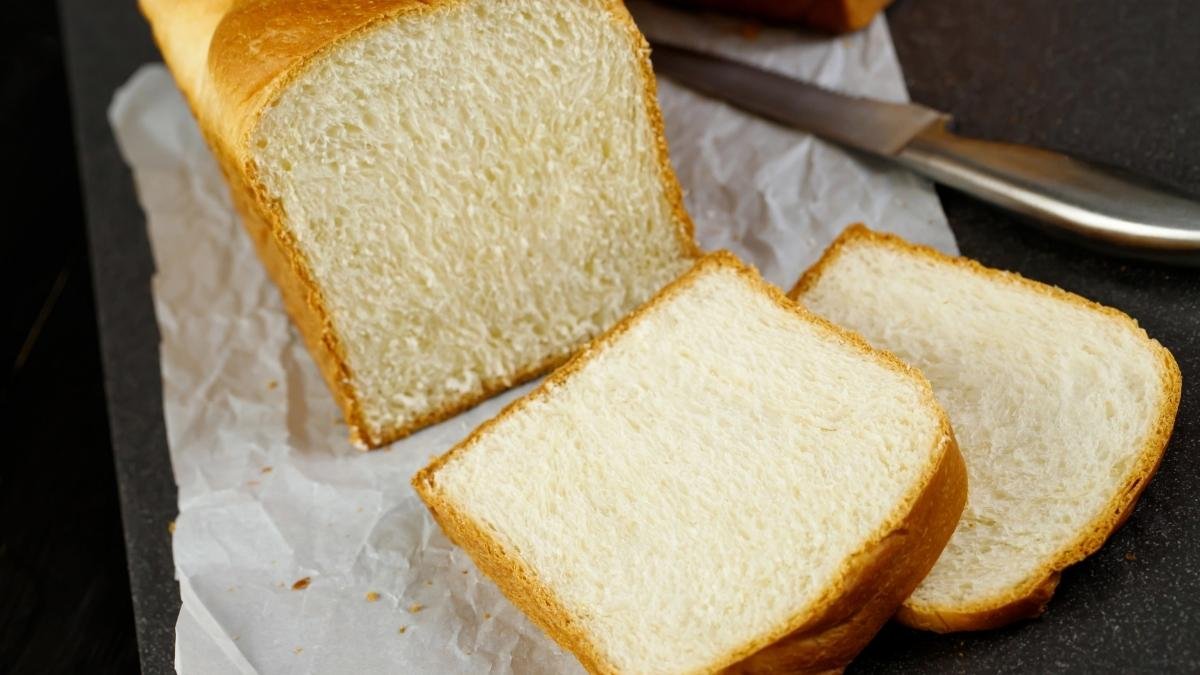
- From (White Bread, Pastries): These are “simple carbs” that are the main driver of Villain #1. They hit your bloodstream like a sugar bomb, causing that “spike and crash”.
- To (Quinoa, Oats, 100% Whole-Grain Rice): These are “complex carbs”. The fiber is still intact, which forces your body to break it down slowly. This gives your brain that steady, “premium” fuel it needs for “sustained memory and cognitive function”. One study even confirmed that whole-grain rice significantly blunts the blood sugar spike compared to white rice.
Swap 2: Trade Your Soda for Green Tea

- From (Sodas, Sweetened Juices): This is liquid sugar. It’s a massive metabolic hit (Villain #1) 5 and a source of inflammation (Villain #2). Research from Virginia Tech is pretty blunt: for “each serving of soda consumed, there was a 6 percent increase in cognitive issues.
- To (Green Tea): This is a “smart swap.” You’re not just removing the bad; you’re adding something amazing. Green tea contains two key compounds: $L$-L$-theanine and caffeine. Caffeine blocks adenosine (the chemical that makes you feel tired and foggy). $L$-theanine promotes a “calm focus” by acting on $GABA$ receptors. The combo gives you “calm, focused” energy without the jittery crash.
Swap 3: Swap Processed Meats for Oily Fish
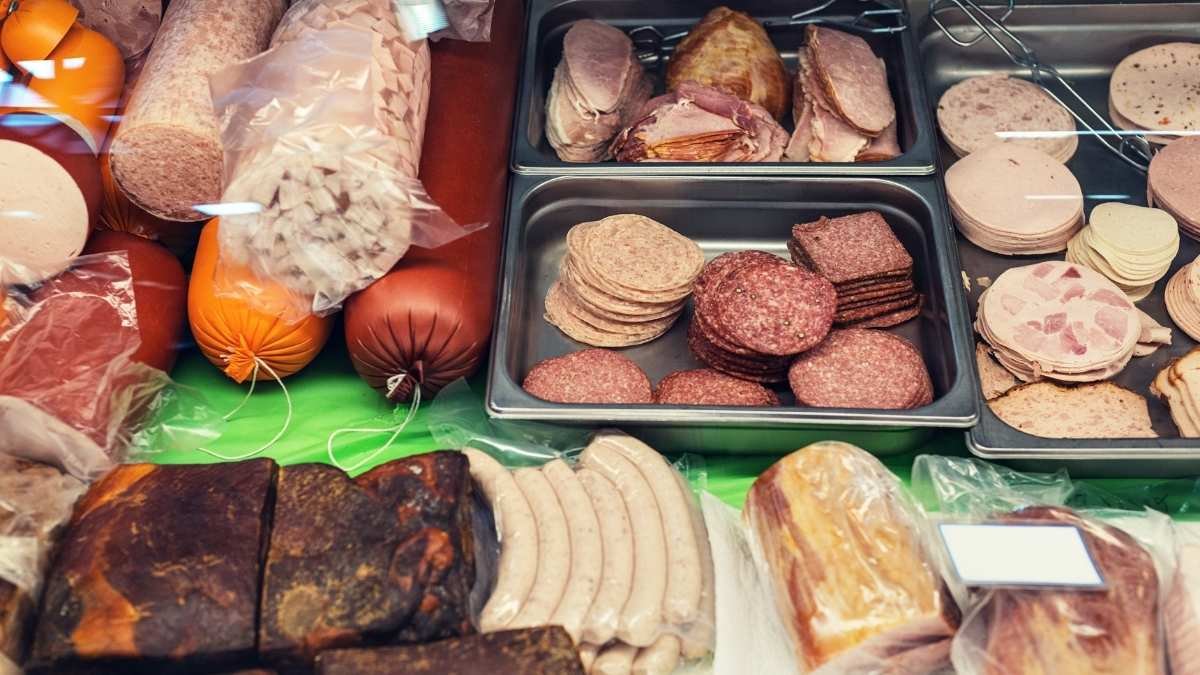
- From (Sausages, Hot Dogs, Deli Meats): These are poster children for ultra-processed foods (UPFs) and are potently inflammatory (Villain #2).19 They also wreak havoc on your gut (Villain #3). One study found a “17 percent increase in cognitive issues” from just one serving of ultra-processed meat per day.
- To (Salmon, Mackerel, Sardines): You’re swapping a fire-starter for a fire-fighter. Oily fish are packed with Omega-3s (DHA and EPA).
- They’re Anti-Inflammatory: They directly “reduc[e] inflammation in the brain”.
- They’re Structural: DHA is literally what your brain cell membranes are made of. You’re giving your brain the raw materials to repair itself and maintain “synaptic function and plasticity”.
Swap 4: Replace Sugary Cereal with a Handful of Berries

- From (Packaged Cereals, Sweets): These are just UPFs in a breakfast box. They spike your blood sugar (Villain #1) and drive inflammation (Villain #2).
- To (Blueberries, Strawberries): This swap introduces your brain’s personal bodyguards: flavonoids (specifically anthocyanidins). These compounds are powerfully neuroprotective. They “protect neurons against injury” and “suppress neuroinflammation”.
- The Clinical Proof: A massive study in the Annals of Neurology found that people who ate the most berries delayed cognitive aging… by up to 2.5 years. That’s a huge return for a simple snack.
Swap 5: Upgrade “Empty” Greens to Dark Leafy Greens

- From (Iceberg Lettuce): Iceberg isn’t bad, it’s just… a missed opportunity. It’s mostly water.
- To (Spinach, Kale, Collards): This is maybe the most powerful swap you can make for long-term brain health.
- The “Blockbuster” Finding: A study from the Memory and Aging Project is one for the ages. It followed adults for years and found that people who ate just 1-2 servings of leafy greens a day had a “rate of cognitive decline… equivalent to being 11 years younger cognitively”.
- Read that again. Eleven years younger.
- Why? Because these greens are a nutrient cocktail of Folate (Vitamin B9), Lutein, and Phylloquinone (Vitamin K)—all of which are critical for protecting neurons and brain cell structure.
Swap 6: Switch Processed Spreads for Healthy Fats

- From (Margarine, Trans Fats): These fats are actively toxic to your brain. High trans fat intake is linked to “decreased memory,” “worsened moods” 36, and an increased risk of cognitive disorders. They are pure Villain #2 (Inflammation).
- To (Extra Virgin Olive Oil, Avocado): You’re replacing a “harmful” fat with a “helpful” one. These are rich in monounsaturated fats (MUFAs). Think of this as an infrastructure upgrade. MUFAs help build healthy cell membranes and are even linked to “improve[d] cerebral cortex blood flow,” getting more oxygen to your hard-working brain cells.
Swap 7: Trade That Morning Bagel for Eggs

- From (Bagel, Muffin): Just like Swap 1, this is a refined-carb breakfast that starts your day on the Blood Sugar Rollercoaster. You’re pretty much guaranteeing a mid-morning focus crash.
- To (Eggs): This swap is a direct deposit for your brain’s memory bank. Eggs are packed with protein (which stabilizes blood sugar) and a crucial nutrient called Choline.
- Here’s the magic: Your body uses choline as the direct precursor—the raw material—to make acetylcholine. And acetylcholine is the primary neurotransmitter involved in memory, learning, and attention. You’re literally eating the building blocks for your memory chemicals.
How to Start: A “Real Person’s” Guide

This is not about becoming a perfect eater overnight. Honestly, that’s the fastest way to fail.
We all fall into what’s called “all-or-nothing” or “black-and-white” thinking. It’s the voice that says, “I ate a cookie, I’ve ruined my diet, I might as well eat the whole box”.
Let’s not do that. The goal isn’t perfection; it’s progress. The whole point of “swaps” is that they are small, incremental, and positive. You’re adding and replacing, not depriving. If all this feels like a lot, just pick one swap.
Maybe this week, you can just switch your breakfast from a muffin to eggs. That’s it. See how you feel. Next week, maybe you’ll add in a handful of blueberries.
These swaps are the simple, actionable steps of a larger, proven framework called the MIND Diet. It’s a combination of the Mediterranean and DASH diets, and it focuses specifically on the foods that protect the brain: leafy greens, berries, nuts, fish, and olive oil. And the research on it is incredibly promising, showing it can enhance memory and executive function.
Need a Little Extra Support? A Few Tools for Your Kit
Look, changing your diet is the most powerful step you can take. But I get that life is busy, and sometimes it’s nice to have a little backup. While you’re working on the food swaps, a few high-quality supplements or tools can help fill in the gaps and support your brain-clearing journey. I’m not a fan of ‘magic pills,’ but these are a few things that are grounded in the science we just talked about.
1. Nordic Naturals Ultimate Omega (Fish Oil)

If you’re not eating oily fish 2-3 times a week, a high-quality Omega-3 supplement is a great idea. This one is consistently a top pick and is doctor-recommended for brain health. The key is to look for third-party testing, like the IFOS certification, which checks for purity, freshness, and potency (making sure you’re getting the EPA and DHA listed on the label).
2. Bulletproof Enlightener Coffee (with L-Theanine)
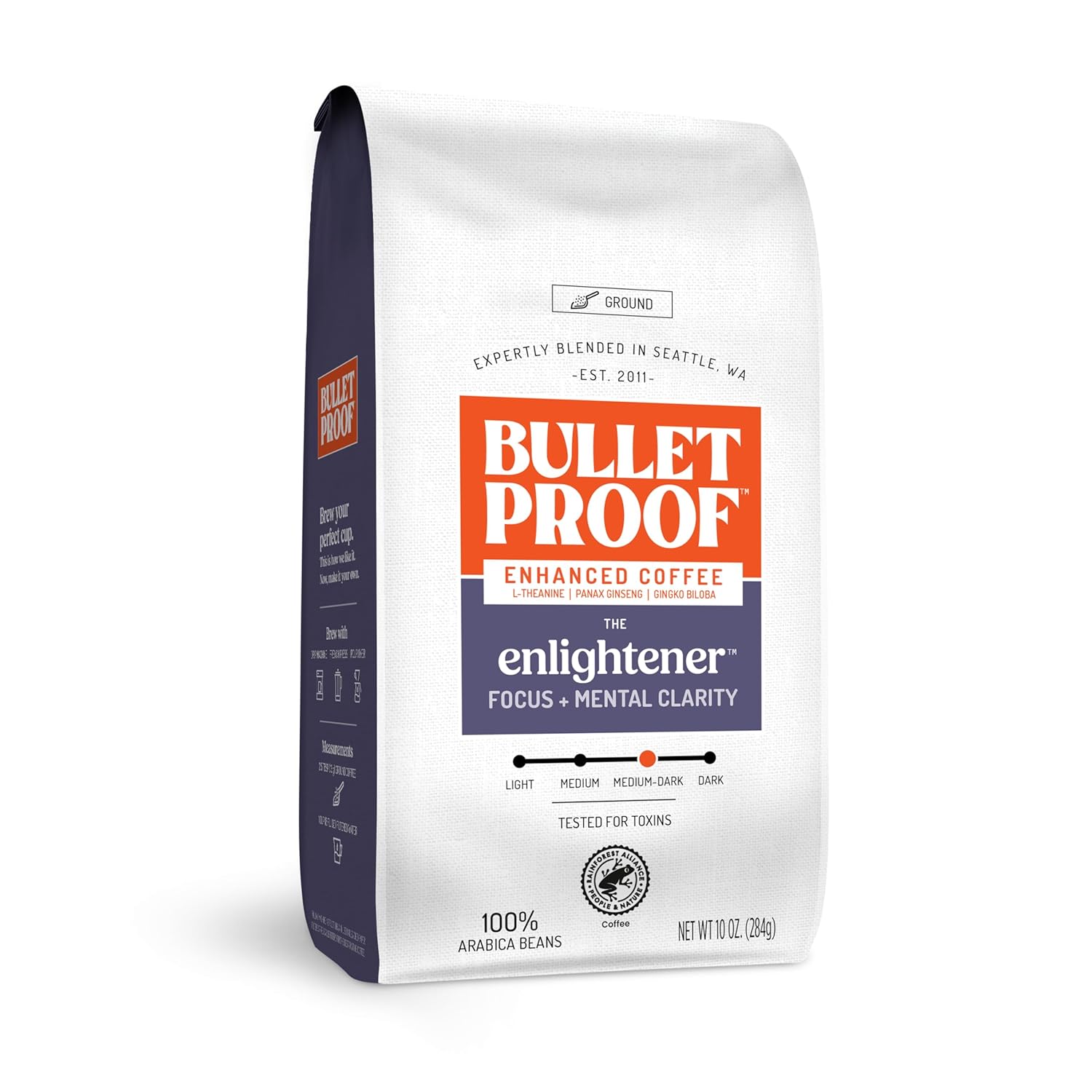
If you’re a coffee drinker but want that ‘calm focus’ we talked about from green tea’s L-theanine + caffeine combo, this is a smart swap. It’s a high-quality coffee that’s enhanced with L-Theanine and other brain-supporting ingredients like Ginkgo Biloba to support focus and memory. It’s a simple way to upgrade your morning ritual.
3. Life Extension Blueberry Extract

We saw that berries can delay cognitive aging, but let’s be real, they can be expensive or out of season. A high-quality blueberry extract is a good way to get a concentrated dose of those powerful antioxidants (anthocyanins). Some preliminary research has even shown that blueberry extract supplements helped improve memory performance in older adults.
4. A High-Quality Citicoline Supplement
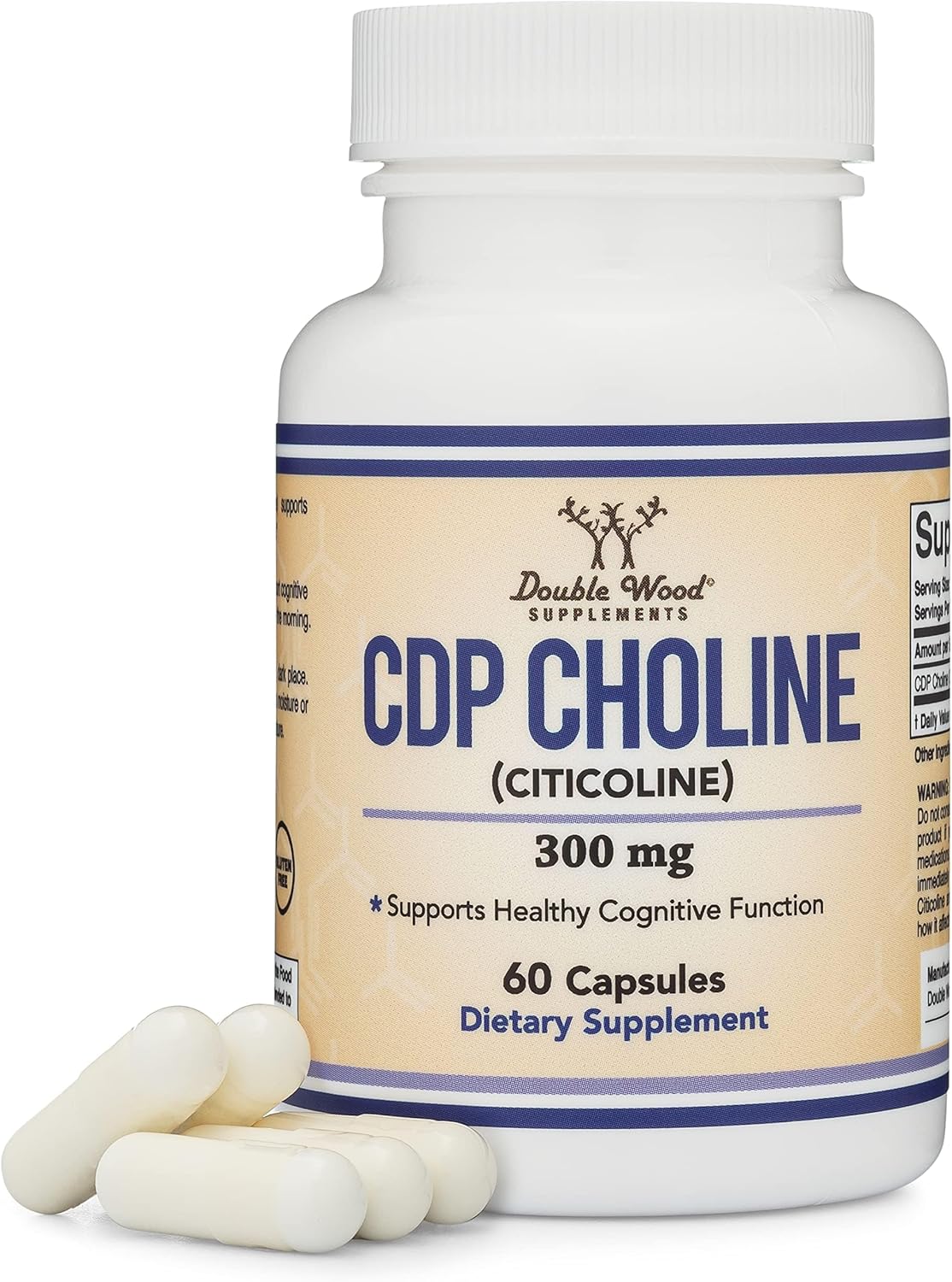
Remember how choline is the building block for the ‘memory neurotransmitter’ acetylcholine? If you don’t eat a lot of eggs, a supplement can be a direct way to support that pathway. Citicoline is a specific form of choline that studies suggest may be safer and more effective for improving cognitive performance. It’s a direct deposit for your brain’s memory bank.
5. The Ultimate MIND Diet Cookbook
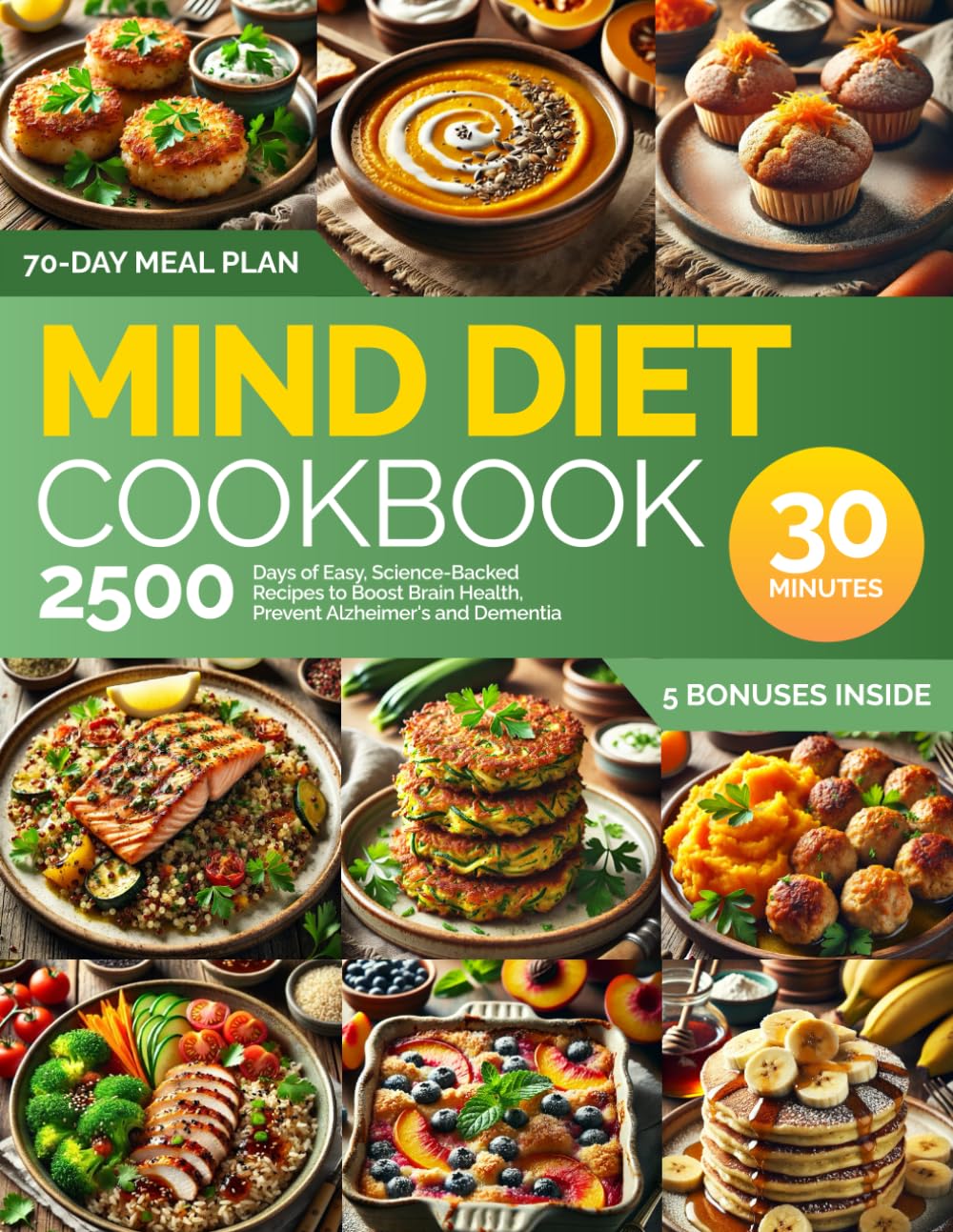
This is less of a supplement and more of a roadmap. If you read all this and thought, ‘Okay, but what do I actually cook?’, this is your answer. The MIND diet is the system that all these swaps are based on. A good cookbook can take the guesswork out of it and make this whole process feel delicious and achievable, not like a chore.
It’s Not Just Food (But It’s a Huge Start)
Finally, I have to be honest: food is the foundation, but it’s not the whole house. Your brain needs a few other things to stay clear. Think of these as the “support crew” for your new diet:
- Sleep: This is non-negotiable. Sleep is your brain’s janitorial service. It’s when your brain clears out toxic byproducts that build up during the day, like adenosine (that sleepy/foggy chemical). Poor sleep is directly linked to cognitive errors and fog.
- Stress Management: Chronic stress is a fog machine. It floods your body with the hormone cortisol. Over time, high cortisol is toxic to your hippocampus—your brain’s memory center—and can lead to “muddled thinking” and memory loss.
- Movement: Exercise is like “Miracle-Gro” for your brain. It boosts a protein called BDNF (Brain-Derived Neurotrophic Factor). BDNF helps you grow new neurons and build stronger connections, directly fighting back against the damage from stress and a poor diet.
You don’t have to overhaul your whole life tomorrow. But you can decide to give your brain a fighting chance. You can decide to make one small swap. Clearing the fog isn’t a mystery. It’s a process. And it starts with your next meal.






